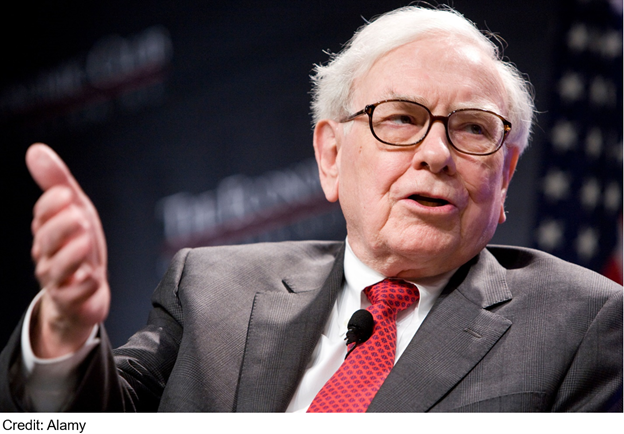Stratagem Weekly
Lessons from Warren: Four Pricing Truths
SECOND IN A SERIES: COMPETITIVE ADVANTAGE
Warren Buffet deems pricing power the single most important decision in evaluating a business. Yet most execs miss why. It’s because Buffet sees pricing power as a proxy for competitive advantage, saying:
“If you’ve the power to raise prices without losing business to competitors, you’ve a very good business.”
Execs often see pricing power as nigh on impossible, thus revealing they’ve little competitive advantage. That’s when we have a heart-to-heart on four pricing truths, shared here in Part Two of my series on competitive advantage:
ONE: While a 1% increase in volume results in a 3.33% operating profit increase, a 1% price increase results in an 11.1% operating profit increase. (This is a McKinsey study, HBR 1992, since widely replicated.) The contrast gets the attention of CEOs, CFOs and CMOs!
TWO: Rather than trying to lift profit and valuation by increasing volume, it’s far more effective and efficient (over the long term) to increase price after increasing perceptions of your offering’s value. Even smart execs struggle to do this because they use a cost-based or competition-based pricing method. They argue a price is worth it due to superior functionality (though in truth, eventually this can be copied). They offer a deal (though in truth, this eats into margin). When potential buyers still say a price is too high, to no avail execs add more features and functionality which increase costs; seek ever more painful efficiencies.
THREE: What most justifies price in the eyes of a buyer is telegraphing how an offering helps the buyer be more of who they are or what they aspire to be. So strong is the power of one’s selfconcept and aspiration in driving preference and purchase decisions that to see it in an offering is the ultimate in relevance and value. A few years ago, a client was certain their company’s value proposition was “Our gadgets enable you to create a home spa.”
Our research found far more compelling was the proposition that use of the items would restore users’ bodies enough to help them do again tomorrow what they had to do today: Be the person who, despite the daily grind of being a [parent, firefighter, road warrior, maintenance worker, caregiver to an elderly parent] consistently performs.
The truth? A value prop in which people see a reflection of their self-concept desensitizes them to price. If done strategically, it enables pricing power without losing business to competitors. The strategic part? It’s branding the value proposition.
FOUR: Sadly, brand strategy is widely misunderstood in C-Suites and under-performed by marketers. Yet done skillfully, branding enables businesses to price in a way that gives them the minimum margin they seek and increased operating profit, all without losing business to competitors.
How would the Sage of Omaha assess your pricing power? Get some ideas at https://lfands.com/offerings
